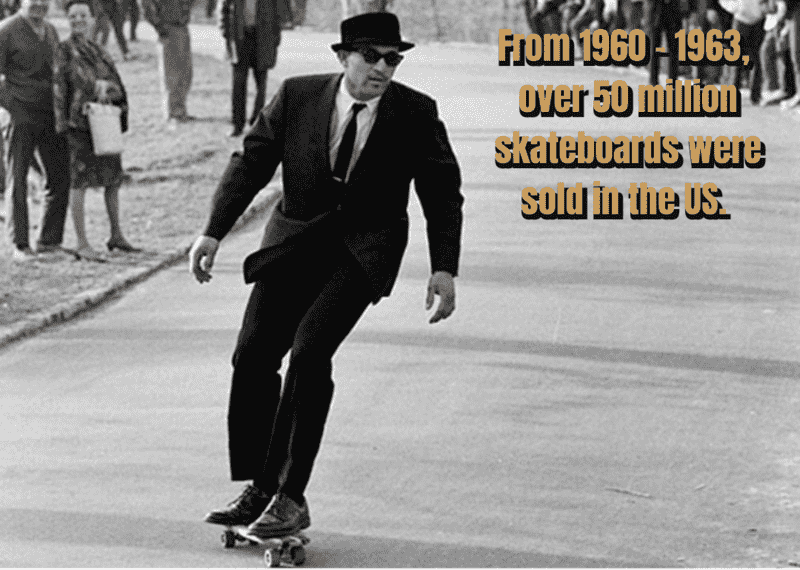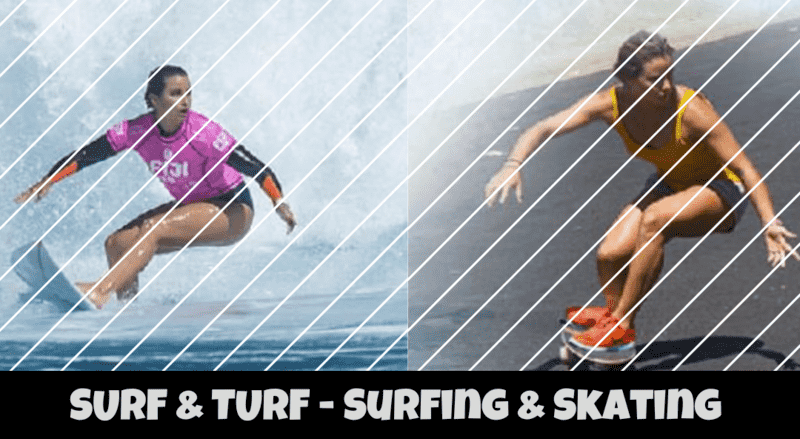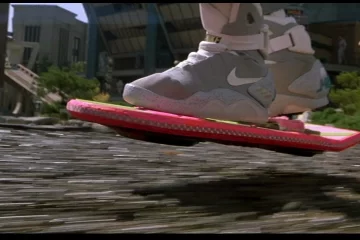No One Knows Who Invented the 1st Skateboard
What you need to know: Based on our research, we found skateboards in the early 1920s. They were crude homemade versions made of a simple wooden boards with old roller-skate wheels attached to it. They constructed the first skate decks from wood.
What’s new: Considered one of the extreme sports, skateboarding as a professional sport boasts a range of competitions, including vertical and street-style events. Vertical skating (also called “vert”) features aerial acrobatics performed in half-pipes that were originally built to emulate empty swimming pools.
Commercial skateboards appeared in 1959. Skateboarding became popular in the 1960s and 1970s, when it was seen as a rebellious activity. Today, skateboarding is a mainstream activity enjoyed by people of all ages. And it is still seen as a rebellious activity.

Photograph by Life Magazine’s Bill Eppridge in New York City
How Did Skateboarding Begin?
1940’s – Skateboarding as we know it today began in the late 1940s and early 1950s in California. Surfing was becoming increasingly popular at the time, and surfers were looking for ways to practice their moves when they were out of the water.
As a result, some surfers began experimenting with attaching wheels to wooden boards, creating a kind of “sidewalk surfing.” These early skateboarders would ride their boards down hills and in empty swimming pools, often with no protective gear.
1960’s – In the early 1960s, companies began mass-producing skateboards. Manufacturers such as Makaha and Hobie attempted to capitalize on the rising popularity of surfing by promoting skateboarding, then known as “sidewalk surfing,” as an alternative diversion when no rideable waves were available. In 1963, Makaha formed the first professional skateboard team, and that same year they held the first skateboard competition in Hermosa, California. It included events in freestyle and downhill slalom skateboarding.
1970’s – Skateboarding gained popularity throughout the 1970s, and in the 1980s, it became a mainstream phenomenon with the rise of skateboarding videos, magazines, and competitions.
Today, skateboarding is a global sport and culture with a rich history and devoted fanbase.
Skateboards were Revived
In the mid-1970s, after the development of the faster and more-maneuverable polyurethane wheels and introducing the kicktail, the skateboard was all the rage.
The craze spread worldwide, and skateboard magazines helped promote both the sport and young innovative riders such as Tony Alva and Stacey Peralta.
They built the first skate park in Florida in 1976. It was then that riders started skating in empty pools and exploring the “vertical” aspect of the sport. The empty pools soon gave way to half-pipes.
1980’s – In the 1980s skateboarding enjoyed an underground following. Skateboarders built their own ramps and half-pipes and began skating the urban environments, creating street style.
Increased board size and improved truck constructions helped the new style thrive. It was during this time that a distinctive youth subculture developed around the sport. Punk rock and baggy clothes became closely associated with young skaters.
The daring and individualistic nature of street and vert skateboarding was spread through straight-to-video documentary films that found a large youth audience. These videos made stars of vert skaters Tony Hawk and Steve Caballero and street skaters Natas Kaupas and Mark Gonzalez, among many others.
1990’s – But it was large competitions, such as the X Games, an alternative sports festival sponsored by the cable television network ESPN and first held in 1995, that gave the sport mainstream exposure and a certain commercial legitimacy.
Who is the first known skateboarder?
Sidewalk Surfer – We do not attribute the invention of the skateboard to a single individual, as it was developed through a combination of different ideas and innovations over several decades.
One of the earliest known skateboarders was a man named Sidewalk Surfer, who was documented in a 1950s newsreel skating down the streets of Los Angeles.
Is Surfing Related to Skateboarding?
Yes, surfing is related to skateboarding. The similarities between surfing and skateboarding are evident in the riding styles, maneuvers, and terminology used in both sports.
For example, many skateboarding tricks, such as the “ollie,” the “kickflip,” and the “grind,” are named after surfing maneuvers.

Many skateboarders have a background in surfing, and the two sports share a similar culture and community. Many surfers use skateboarding to stay in shape and improve their surfing skills, while skateboarders often draw inspiration from surfing and the beach lifestyle.
Overall, while surfing and skateboarding are distinct sports with their own unique characteristics, they share a rich history and a deep connection to each other.
There you have it – a (near) complete history of skateboarding. Skateboards have come a long way since they were invented, and the industry has grown into a whole other beast.
SOURCES:
- Photograph: Life Magazine’s Bill Eppridge from Honestly WTF
- Photograph: Antiques – Love to Know
- Britannica
- Stoked Ride Shop


